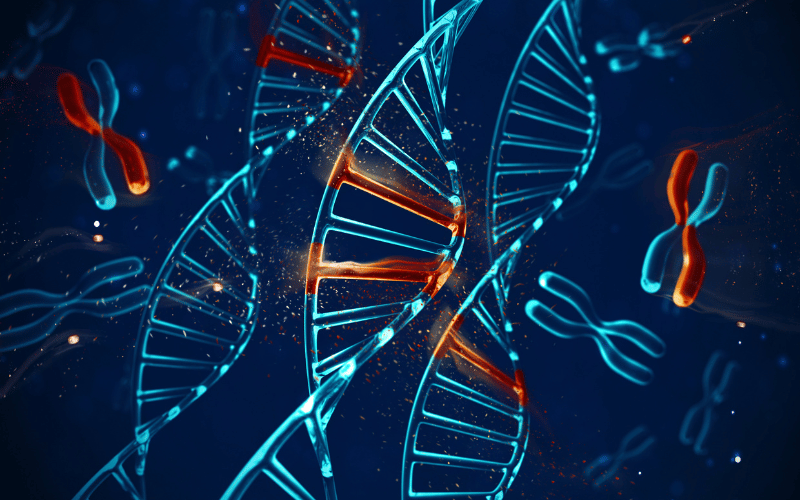Introduction: Deciphering May-Hegglin Anomaly
May-Hegglin Anomaly (MHA) represents a unique medical phenomenon, a rare genetic disorder that blends complexities and subtleties of human genetics. As a condition that remains under the radar for many, MHA poses both challenges and opportunities for medical science.

This exploration into MHA is not just about listing facts; it’s about understanding the anomaly in a way that resonates with both medical professionals and laypersons alike. The goal here is to unpack the layers of MHA, shedding light on its characteristics, implications, and the latest research findings.
In the world of rare genetic conditions, MHA holds a peculiar place. Known for its low prevalence and distinctive features, it stands as a beacon for geneticists and hematologists.
This condition, while not widely recognized, plays a crucial role in advancing our understanding of genetic mutations and their impacts on human health. By examining MHA closely, we gain invaluable insights into the delicate interplay of genetics and physiology.
Understanding MHA requires a deep dive into its genetic roots, clinical manifestations, and diagnostic challenges. This article aims to present MHA in a clear, accurate, and engaging manner, highlighting key aspects that define this condition. From its genetic underpinnings to its impact on everyday life, each facet of MHA is explored with precision and clarity.
Fact 1. Genetic Roots and Chromosomal Dynamics

May-Hegglin Anomaly (MHA) manifests from a genetic irregularity nestled within chromosome 22, specifically in the MYH9 gene. This genetic anomaly disrupts the normal functioning of blood cells, particularly platelets.
The MYH9 gene, responsible for the structural integrity of these cells, undergoes a mutation that becomes the cornerstone of MHA. This mutation not only defines the condition but also sets the stage for its hereditary nature.
The genetic underpinnings of MHA make it hereditary, often passing from one generation to the next within families. Understanding the inheritance dynamics becomes pivotal, as it guides families in recognizing the risks associated with the condition. Genetic counseling emerges as a crucial component, equipping families with insights into the potential impact on successive generations. The MYH9 gene’s role in MHA emphasizes the need for a proactive approach to managing the condition within affected families.
While MHA’s primary impact is on platelets, its genetic roots hint at broader implications. The MYH9 gene’s mutation doesn’t just affect platelet size and count; it intertwines with the intricate machinery of blood cell function. Research endeavors are underway to uncover the full scope of MHA’s genetic influence on the body. This pursuit delves into understanding how this genetic puzzle reverberates beyond platelets, providing insights crucial for comprehensive patient care.
The genetic exploration of MHA extends beyond diagnosis, holding the promise of future interventions. As researchers decipher the intricacies of the MYH9 gene mutation, the door opens to targeted treatments. Understanding the genetic landscape of MHA becomes a roadmap for developing therapies that address the root cause, potentially paving the way for more effective and tailored interventions. (1)